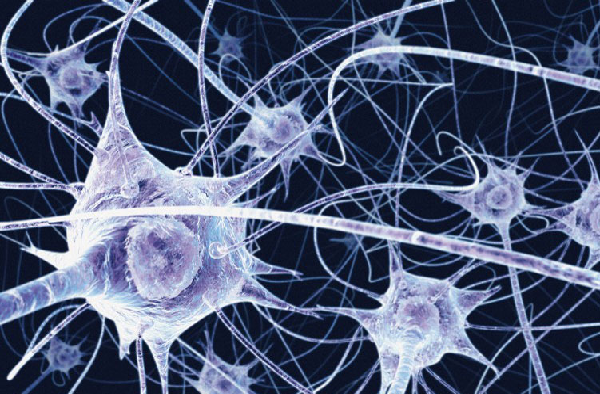Scientists Find Abnormalities in Brains of Chronic Fatigue Patients
| Marc Maligalig | | Oct 29, 2014 11:11 AM EDT |
Researchers from the Stanford University School of Medicine conducted an imaging study and discovered prominent differences between the brains of patients that suffer from chronic fatigue syndrome and those of healthy individuals.
The results of the study could possibly lead to more conclusive diagnoses of the condition and may also direct scientists to a principal mechanism in the disease process.
Like Us on Facebook
It's not rare for patients suffering from CFS to face a number of misdiagnoses of their illness, or even feelings of hypochondria, before receiving a definitive diagnosis of chronic fatigue syndrome.
The flaws in the brain found in the study may help in resolving the uncertainty, according to Michael Zeinehm MD, PhD, assistant professor of radiology and lead author of the paper.
"Using a trio of sophisticated imaging methodologies, we found that CFS patients' brains diverge from those of healthy subjects in at least three distinct ways," Zeineh said.
Between one million and four million people are affected by CFS in the United States, with many millions more worldwide.
Having a more accurate number of cases may be difficult as it's a tough disease to actually diagnose, according to Medical Xpress. Although all sufferers of CFS share common symptoms such as unremitting, crushing fatigue that lasts for at least six months, additional symptoms may be different in other patients and may even overlap with another condition.
"CFS is one of the greatest scientific and medical challenges of our time," said the study's senior author, Jose Montoya, MD, professor of infectious diseases and geographic medicine.
"Its symptoms often include not only overwhelming fatigue but also joint and muscle pain, incapacitating headaches, food intolerance, sore throat, enlargement of the lymph nodes, gastrointestinal problems, abnormal blood-pressure and heart-rate events, and hypersensitivity to light, noise or other sensations."
Researchers found three vital signs in the study.
The first sign, which came from an MRI scan of the patient's brain, was that white matter in a person with CFS was reduced. The second, which was found using diffusion-tensor imaging, was a consistent abnormality in the nerve tract in the right hemisphere of the brains of the afflicted patients.
The last sign was a fairly strong correlation between the severity of the patient's condition and the degree of the abnormality in the person's right arcuate fasiculus.
TagsBrain abnormality, Chronic Fatigue Syndrome, Stanford University, Stanford University School of Medicine, Fatigue, Joint Pain, Muscle pain, headaches
©2015 Chinatopix All rights reserved. Do not reproduce without permission
EDITOR'S PICKS
-

Did the Trump administration just announce plans for a trade war with ‘hostile’ China and Russia?
-

US Senate passes Taiwan travel bill slammed by China
-

As Yan Sihong’s family grieves, here are other Chinese students who went missing abroad. Some have never been found
-

Beijing blasts Western critics who ‘smear China’ with the term sharp power
-

China Envoy Seeks to Defuse Tensions With U.S. as a Trade War Brews
-

Singapore's Deputy PM Provides Bitcoin Vote of Confidence Amid China's Blanket Bans
-

China warns investors over risks in overseas virtual currency trading
-

Chinese government most trustworthy: survey
-

Kashima Antlers On Course For Back-To-Back Titles
MOST POPULAR
LATEST NEWS
Zhou Yongkang: China's Former Security Chief Sentenced to Life in Prison

China's former Chief of the Ministry of Public Security, Zhou Yongkang, has been given a life sentence after he was found guilty of abusing his office, bribery and deliberately ... Full Article
TRENDING STORY

China Pork Prices Expected to Stabilize As The Supplies Recover

Elephone P9000 Smartphone is now on Sale on Amazon India

There's a Big Chance Cliffhangers Won't Still Be Resolved When Grey's Anatomy Season 13 Returns

Supreme Court Ruled on Samsung vs Apple Dispute for Patent Infringement

Microsoft Surface Pro 5 Rumors and Release Date: What is the Latest?










